|
Back to
Big Island Tours
|
This
will be an informal and leisurely day of
sight-seeing and camaraderie.
We will organize the trip according to interest and all chip
into
costs of transportation and park admission.
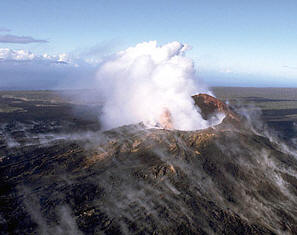
|
Schedule (Tentative)
9;30
am – Depart from
Conference Headquarters
12:00 pm
– Lunch along the way
1:30 pm
–
Arrive at Volcanoes
National Park
Possible activities for group to decide:
Enjoy Visitor Center and watch
"Born of Fire, Born of the Sea" the
featured 25 minute film
Visit Jagger Museum of
Volcanology on the edge of Kilauea
Caldera. Visitors may enjoy spectacular
views
of the caldera and the main crater
Halema`uma`u from this view point.
Explore the summit of Kilauea Volcano
via Crater Rim Drive, an 11-mile road
that encircles the summit caldera,
passes through desert, lush tropical
rain forest, traverses the caldera
floor,
and provides access to well-marked
scenic stops and short walks.
5:00 pm
– Leave park
6:30 pm
–
Arrive back at
Conference
Headquarters
|
|
|
Please read the following important
information:
1.
We strongly advise that you visit the Volcanoes National Park
website to familiarize yourself with the park and the safety and
health warnings.
http://www.nps.gov/havo/ - under
“Plan your visit” be sure to click on “safety”.
2. Island
weather is unpredictable. Visitors should be prepared for rain
and wear layers of clothing to ensure their comfort while
exploring the park. You should bring a light jacket and wear
comfortable walking shoes.
Local weather
at Kilauea's summit (4000' elevation) varies daily and may be
rainy and chilly any time of the year. Temperature varies by
elevation. At the summit of the volcano, temperatures may be 12
to 15 degrees cooler than at sea level. The coastal plain at the
end of Chain of Craters Road, where lava crossed the road in
2003, is often hot, dry, and windy with the possibility of
passing showers.
3. Please keep
in mind that weather conditions, volcanic activity, or excessive
sulfur dioxide fumes could prevent us from taking the tour. We
will provide an alternative tour should this happen.
|
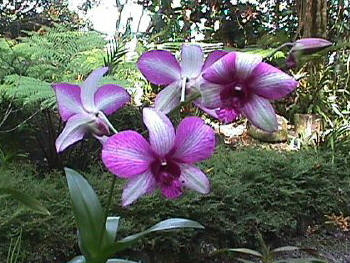
Orchid Gardens |
Back to Conference Home
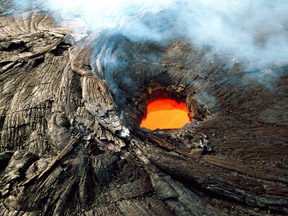
Hawaii's volcanoes are
considered relatively
safe compared to other explosive types in
other parts of the world.
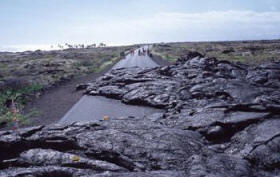
Chain of Craters Road
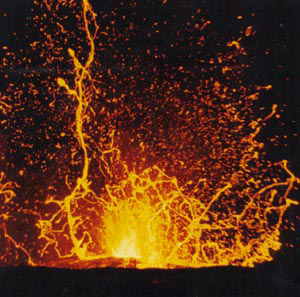
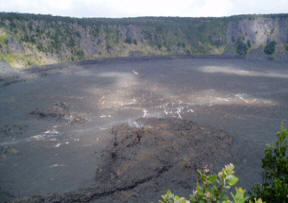
Kilauea Iki Crater
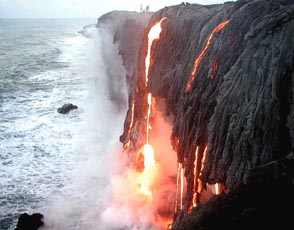
Lava Flow
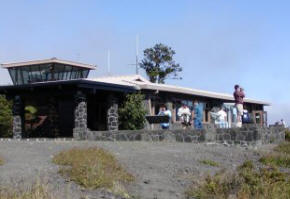
Jagger Museum
This amazing National Park established in 1916, displays the
results of 70 million years
of volcanism, migration, and evolution --
processes that thrust a
bare land from the
sea and clothed it
with
complex and unique ecosystems
and a distinct human culture. The park
encompasses diverse environments that range from sea level to the summit
of the earth's most massive volcano, Mauna Loa at 13,677 feet. Kilauea,
the world's most active volcano, offers scientists insights on the birth
of the Hawaiian Islands and visitors views of
dramatic volcanic landscapes.
Over half of the park is designated wilderness.
In recognition
of its
outstanding natural values, Hawai'i Volcanoes National Park has been
honored as an International Biosphere Reserve
and a World Heritage Site.
www.nps.gov |